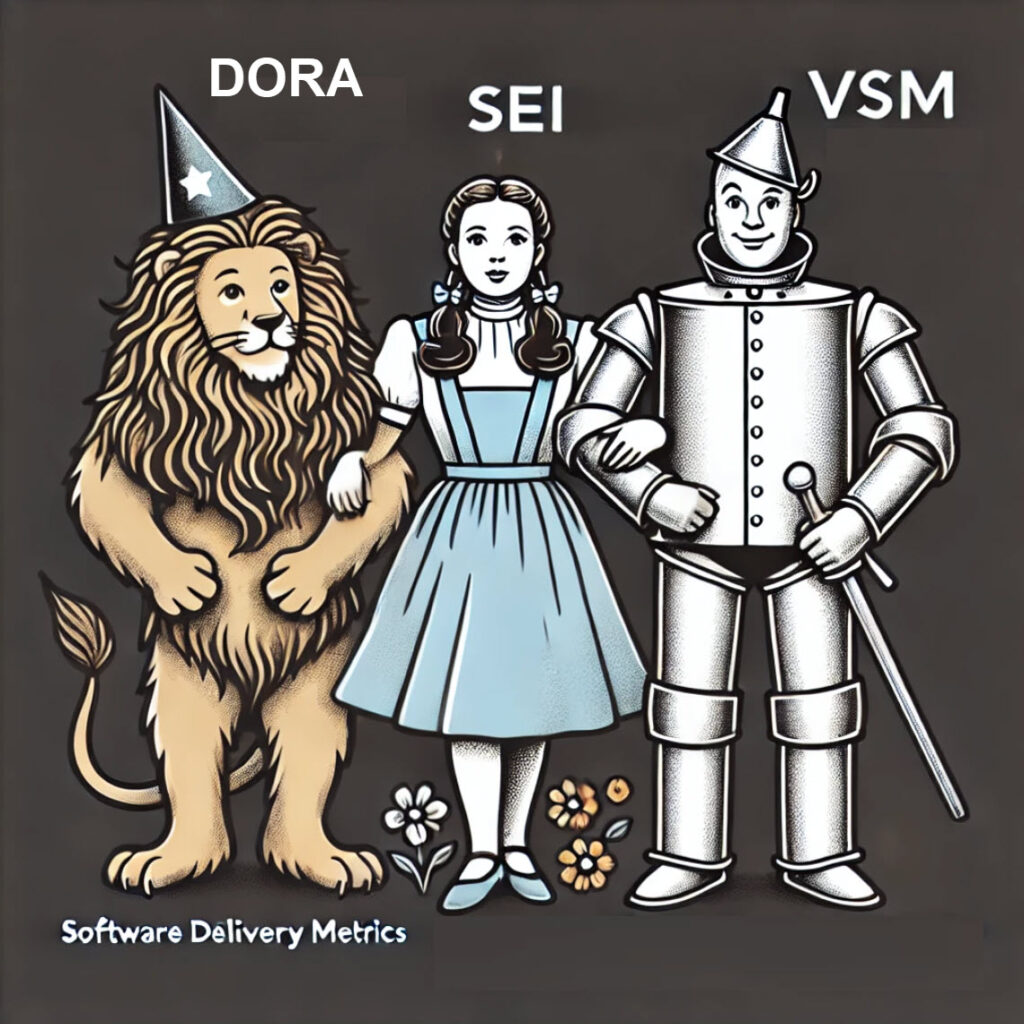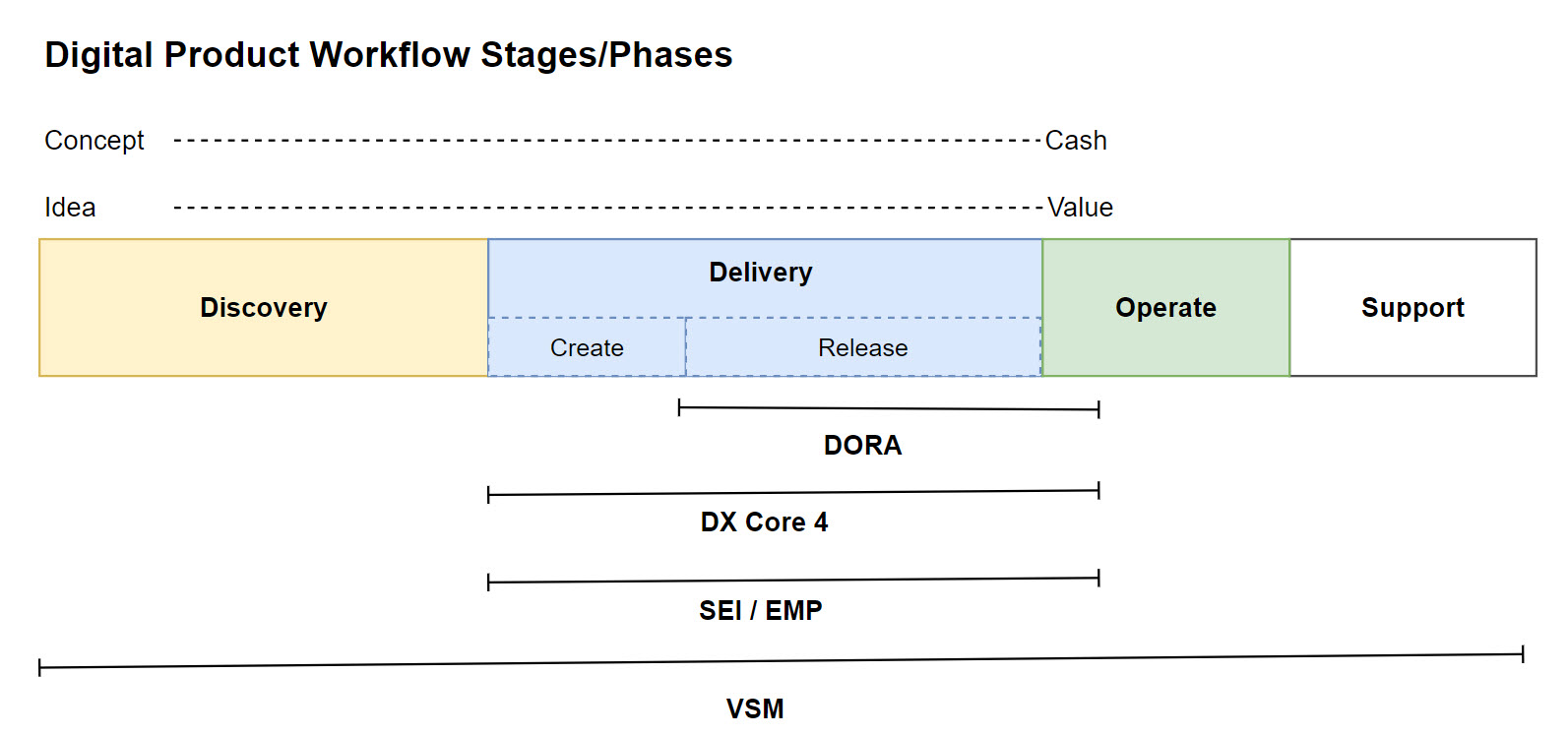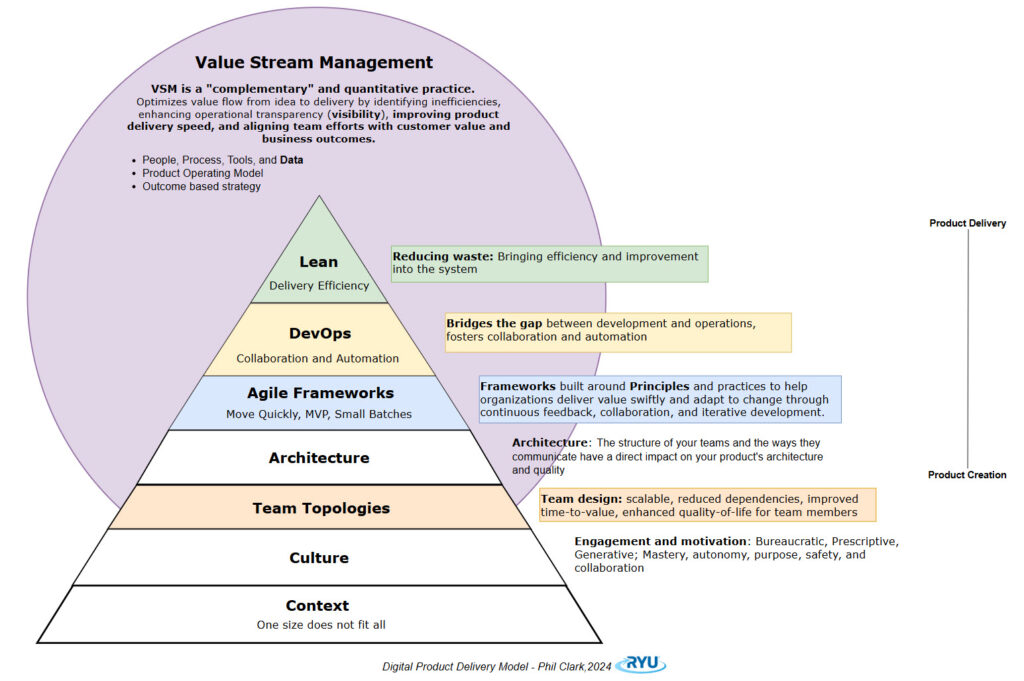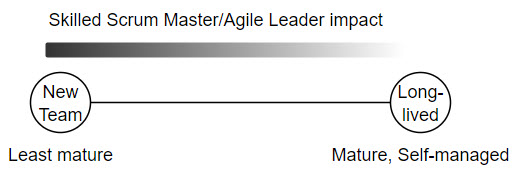7 min read

This article is the second in a three-part series exploring how software engineering can deliver measurable business value. If you missed the first article, start here.
A Leadership Epiphany
At the end of 2024, I reached a key moment in my career, reflecting on almost 30 years in technology leadership. In December, I published an article titled Crossroads: 2024 Reflections on Leadership, Legacy, and Modern Practices. The article explores my experiences with digital transformation, how leadership has evolved, and the changing role of technology in organizations.
The article covered key moments in my career, including my shift from improving engineering efficiency to focusing on delivering outcomes. It shared lessons I’ve learned about balancing workflow with value and the importance of aligning engineering efforts with organizational goals.
This article builds on those reflections, incorporating feedback and self-assessment to share the lessons I’ve learned and the changes I’ve made. It focuses on one key piece of feedback that changed how I approach leadership. My organization enrolled me and other senior leaders in a coaching program called The Extraordinary Leader. The program offered me a comprehensive 360-degree leadership assessment, which was both insightful and humbling. The results affirmed my commitment to a people-first leadership approach and my effort to develop my style. However, one piece of feedback stood out above the rest: “You should focus more on driving business results.”
At first, the feedback stung. We had spent years spearheading digital transformation initiatives—adopting Agile, DevOps, and Value Stream Management (VSM)—to improve operational efficiency, agility, and speed to market. These efforts enabled us to scale from $10 million to $110 million in revenue. Yet, it became clear that while our technology work was essential, we hadn’t effectively communicated its impact on the organization’s bottom line. My sales, marketing, and product peers had explicit metrics like revenue targets and customer growth, but engineering lacked a direct narrative linking its efforts to these outcomes.
We adopted Value Stream Management to bridge this gap and transitioned to a product operating model. VSM provided clear visibility into engineering workflows, from ideation to delivering measurable value, while the product operating model aligned teams with specific products or value streams. This shift empowered teams to understand the customer and business needs they support, iteratively improving outcomes over the product lifecycle. By focusing on products rather than temporary projects, teams developed subject matter expertise, drove innovation, and wholly owned their results, transforming engineering from a cost center into a strategic partner.
This realization led to a profound reflection on my leadership approach. While I had focused heavily on flow—ensuring work moved efficiently from idea to delivery—I hadn’t emphasized value realization: the tangible business impact of our efforts. This gap became a call to action: to redefine how technology aligns with and communicates its contribution to organizational success.
This Article at a Glance
Expanding on my earlier insights, this article explores:
- Bridging the Gap: How feedback led me to revise our division’s mission, vision, and purpose to better align with business objectives.
- Operational Efficiency vs. Value Realization: Balancing delivery speed with measurable outcomes is essential.
- Embedding Outcomes Into Workflow: Practical steps for tying engineering work to organizational strategy and customer impact.
- The Power of Language: Technology leaders must articulate the value of technical investments and technical debt in business-focused terms that align with priorities and resonate with key stakeholders.
- A Call to Action: How technology teams can move from being seen as cost centers to strategic partners.
Engineering’s Philosophy: Code Is Not the Product
At the heart of our transformation lies a guiding philosophy: “Code is not the product. The value it brings is the product.”
This philosophy reshaped how we approach our work, from mission to execution. Our approach centers on two pillars:
- Flow: Improving the efficiency and quality of how work moves through teams and systems.
- Value Realization: Identifying and measuring the actual business and customer results of completed work.
Balancing these two pillars ensures that we deliver efficiently and create meaningful results.
Speaking the Language of Business
One of the greatest challenges for technology leaders is translating technical initiatives into terms the business understands. This communication requires reframing technical concepts—like reducing technical debt or implementing refactoring—regarding their impact on business outcomes. For example:
- Instead of, “We need to address technical debt,” explain, “This initiative will reduce downtime risk and enable us to deliver features 30% faster.”
- Rather than saying, “We’re optimizing the architecture,” highlight, “This change will scale our platform to support twice as many customers next year.”
Engineering becomes part of the strategic conversation by framing technical work regarding customer retention, revenue growth, or operational efficiency. By quantifying the return on investment (ROI) of addressing technical debt—such as projecting a 30% increase in delivery speed—we can demonstrate how these investments contribute to revenue growth and operational efficiency. This approach bridges the gap between technical efforts and business priorities, ensuring that engineering is seen as a strategic partner, not just a cost center.
Embedding Outcomes Into Engineering Work
Integrating expected outcomes into the team’s work and requiring every Epic to define a specific anticipated outcome helps bridge the divide between effort and impact. This approach ensures teams fully grasp the “why” behind their work and understand its alignment with organizational objectives. For each Epic, teams are encouraged to define the anticipated outcome and to consider key questions such as:
- What problem are we solving?
- What results do we expect, and how will we measure them?
- What metrics define success?
- How will we learn from the outcomes?
This clarity fosters accountability, focus, and a shift from delivering tasks to achieving meaningful results. By integrating Value Stream Management principles and the product operating model, we create a clear connection between technical initiatives and their business impact, aligning teams at every level.
OKRs further strengthen this alignment by linking engineering work to measurable outcomes. Team-level OKRs focus on delivering customer value while connecting day-to-day tasks to broader organizational goals. Embedding Outcomes in Epics and OKRs transforms engineering from a cost center to a strategic partner, demonstrating how every contribution drives customer impact and business success.
Every outcome or team-level OKR must have a clear owner—someone accountable for bringing the objective to the team, ensuring alignment, and seeing it through to completion. This owner, whether a Product Manager, technical lead, or another designated team member, is the point person for driving the initiative forward. They are responsible for defining the outcome and collaborating with the team to ensure it is achievable, measurable, and tied to organizational goals.
An accountable owner ensures that outcomes are not vague concepts but actionable goals with clear responsibility. This ownership fosters clarity, prevents ambiguity, and strengthens accountability within the team. For example, a Product Manager might own a customer-facing feature’s outcome, ensuring it improves user engagement by 15%, while a technical lead might own the outcome of reducing system downtime by 20%.
By assigning ownership, teams can better prioritize their efforts, align around shared goals, and deliver outcomes that matter. Ownership also reinforces the importance of closing the loop—documenting actual outcomes and reflecting on whether the objectives were achieved—ensuring a culture of accountability and continuous improvement.
Minimizing Layoffs and Rethinking Team Design
One of my long-term goals is to minimize layoffs as a cost-cutting measure by demonstrating the business value of engineering teams. Too often, layoffs are driven by salary costs, ignoring these teams’ contributions to revenue growth, customer retention, and operational efficiency.
Preventing layoffs begins with how we build and structure teams. Instead of defaulting to large, reactive hiring sprees, we can:
- Prioritize Outcomes Over Outputs: Build teams around clearly defined goals, ensuring their work aligns with business priorities.
- Right-Size Teams: Hire based on strategic needs, avoiding unnecessary headcount that creates inefficiencies.
- Focus on Sustainability: Scale deliberately, ensuring that teams are resilient, efficient, and aligned with organizational goals.
By calculating the cost of cross-functional teams and tying their contributions to measurable results, leaders can demonstrate the return on investment (ROI) of engineering investments. For instance, hiring two additional backend engineers and one data analyst might cost $X but could reduce customer onboarding time by 25%, leading to a 15% increase in customer retention—an outcome directly tied to the organization’s revenue growth.
A Commitment to Innovation
While this article focuses on aligning engineering with business outcomes, innovation remains a critical priority. Initiatives like “20% time” provide space for exploration and creativity, fostering long-term resilience and growth. Balancing immediate business needs with future-focused innovation is essential for staying competitive in a rapidly changing market.
A Call to Action
The feedback I received this year reminded me that technology leadership isn’t just about technical and operational excellence—it’s about driving measurable business results. Moving forward, I’m committed to linking technology investments to business results through:
- Embedding outcomes into every level of work, from Epics to team-level OKRs.
- Communicating engineering efforts regarding anticipated business outcomes and business impact using clear, relatable language.
- Balancing operational efficiency with value realization, ensuring every initiative contributes to organizational goals.
This journey is about more than improving delivery; it’s about ensuring that every line of Code, every feature, and every initiative creates value for customers and drives business success. By embracing this mindset, we can transform engineering from a cost center into a strategic partner, proving that our work is essential to organizational growth and resilience.
Next in the Series
In the final article of this series, we’ll move from leadership insights to practical guidance on escaping the ‘build trap’ and creating meaningful outcomes for your team. Read Now →
Poking Holes
I invite your perspective on my posts. What are your thoughts?.
Let’s talk: [email protected]









